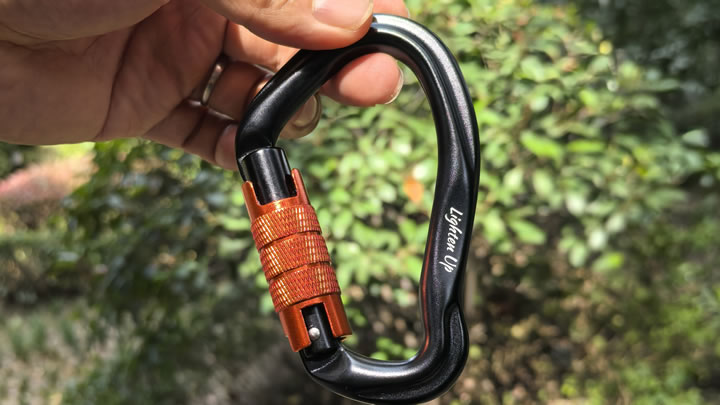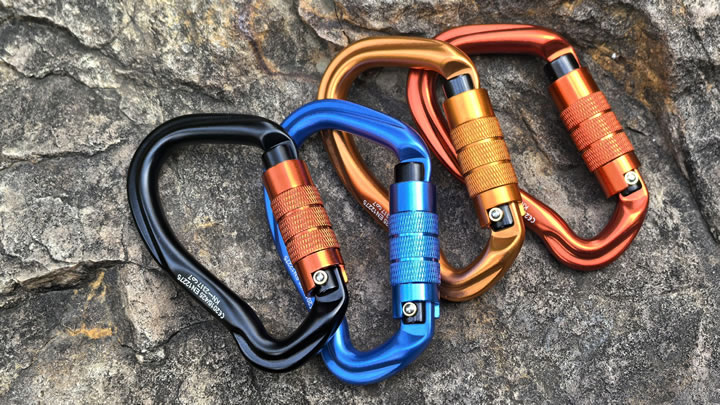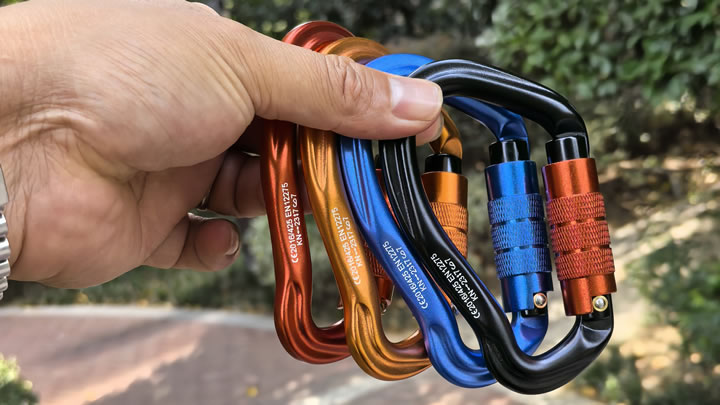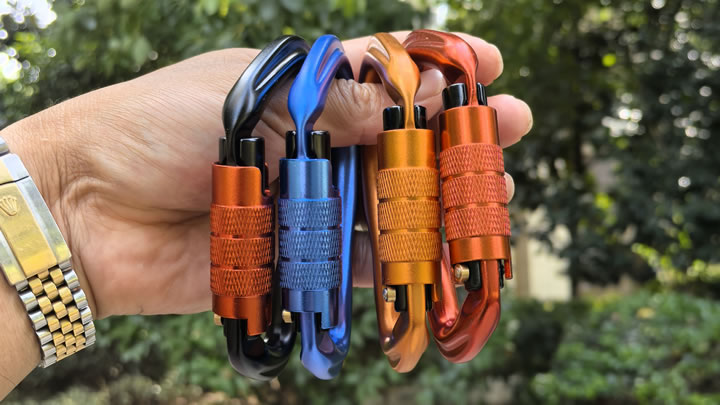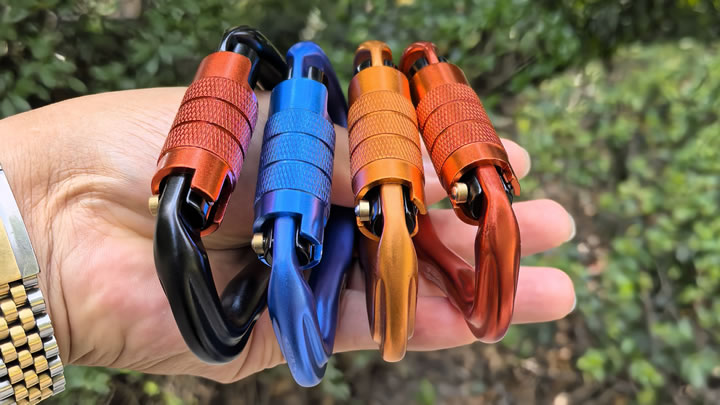How to Check Hiking Poles on an Airplane: A Complete Guide to Safe Transport
The anticipation of a hiking adventure can be quickly dampened by the logistics of getting your gear to the trailhead. For many travelers, the question of how to transport trekking poles looms large. The simple, non-negotiable rule is this: trekking poles are not permitted in carry-on luggage. The Transportation Security Administration (TSA) and most international security agencies classify them as potential weapons due to their sharp tips and rigid structure. Therefore, checking them is your only option. Doing it correctly is key to ensuring they arrive undamaged and ready for your hike.
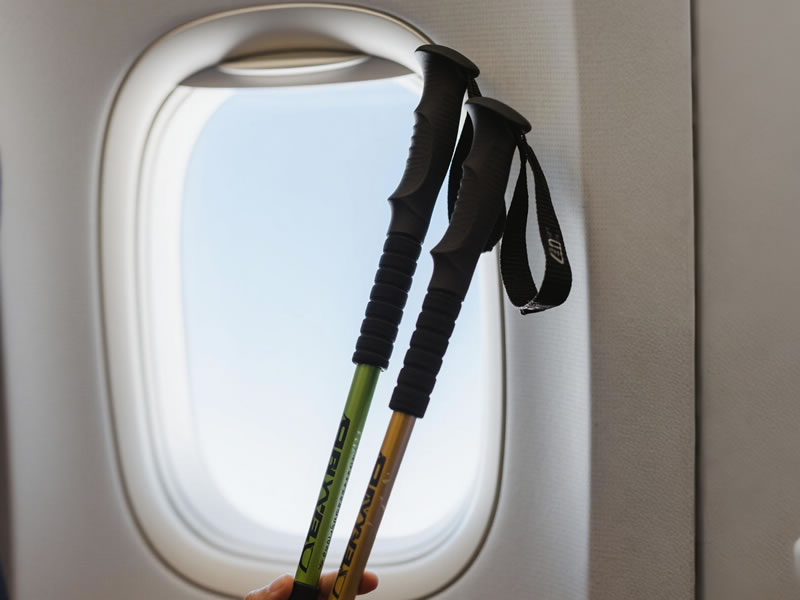
This comprehensive guide will walk you through the entire process, from understanding airline policies to choosing the best packing method.
Step 1: Know Your Airline's Policy
Before you even start packing, your first stop should be your airline's website. While the "no poles in carry-on" rule is universal, checked baggage policies can vary.
- Standard Allowance: Most major airlines allow trekking poles as part of your standard checked baggage allowance, whether you're using a duffel bag, a backpack, or a suitcase.
- Sports Equipment: Some airlines may classify them under "sports equipment." This rarely incurs an extra fee, but it's always best to confirm.
- Budget Airlines: Be extra vigilant with budget carriers. They often have stricter rules and fees for oversized or special items. A quick call or website check can prevent a surprise fee at the airport.
Step 2: Prepare Your Poles for Transport
Proper preparation prevents damage to your poles and other luggage.
- Collapse Them Fully: Shrink your poles to their shortest possible length. For adjustable poles, this means loosening all flick-locks or twist-locks and pushing the segments together. For foldable Z-poles, collapse them completely.
- Secure the Sections: Use a rubber band or Velcro strap to keep the segments from sliding apart during transit. This minimizes the risk of them snagging on other items.
- Protect the Tips: The carbide tips are sharp and can easily tear the fabric of your luggage or other belongings. The best solution is to use specialized rubber tip protectors. If you've lost them, a few layers of duct tape or a small wine cork can work as a temporary substitute.
Step 3: Choose Your Packing Method
You have several effective options for packing your poles, each with its own advantages.
Method 1: Inside Your Checked Backpack or Suitcase (Recommended)
This is the most secure and convenient method.
- With a Backpack: Lay your packed backpack flat. Secure the bundled poles to the outside of the frame (if it has one) using the compression straps. If no straps exist, place them inside the backpack, running them along the length of the frame sheet to maintain a straight, protected position.
- With a Suitcase/Duffel: Place the poles along the side or bottom of your hard-sided suitcase or duffel bag, using clothing and other soft items as padding on all sides. This cushions them and prevents them from rattling around.
Method 2: In a Dedicated Pole Case or Tube
For the ultimate protection, especially for expensive carbon fiber poles, consider a hard-sided trekking pole case or a simple PVC tube from a hardware store. This guarantees they won't be bent or crushed. The downside is that this is an extra item to carry and check.
Method 3: Strapped to the Outside of Your Pack (Risky)
While some travelers strap their poles to the outside of a checked backpack, this is the riskiest method. They are highly susceptible to being bent, snapped, or ripped off by baggage handling machinery. This method is not recommended.
Pro Tips for a Smooth Experience
- Remove Accessories: Take off any removable baskets, wrist straps, or anti-shock mechanisms and pack them in a small bag inside your main luggage. This prevents them from being lost or broken.
- Take a Photo: Before you seal your bag, take a quick photo of your properly prepared poles. This can be useful for an insurance claim if they are damaged by the airline.
- Arrive Early: Giving yourself extra time at check-in is always wise. If there is any confusion about your poles, you'll have time to resolve it without missing your flight.
- Consider a Rent-or-Buy Analysis: For very short trips or if you're only checking a bag for your poles, it might be more cost-effective and convenient to rent poles at your destination or buy an inexpensive pair upon arrival.
By following these steps, you can transform a potential travel headache into a seamless process. A little preparation ensures your trusted trekking partners are waiting for you at the baggage carousel, ready to hit the trail the moment you do.

